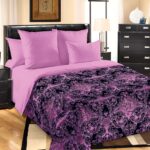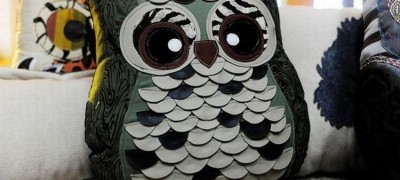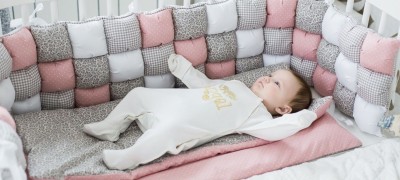What is percale and what are its features
When choosing a material for bedding, you should pay attention to percale. It is characterized by naturalness, as it is made from cotton or linen fibers, sometimes with an admixture of synthetics. Due to this, it is quite comfortable to touch, wear-resistant and has a good level of hygroscopicity. These are important characteristics for any bedding or leisure outfit. But there are some subtleties here.

Therefore, we will tell you in detail in the article how to choose the right percale, what to look for and what features it has.
What is percale
The history of percale dates back to the 18th century. At this historical stage, a fairly dense fabric was made from long-staple cotton, from which bed linen was sewn exclusively for royalty and the French nobility. Raw materials were brought from Egypt and only the highest quality was selected. Therefore, the fabric was obtained with rather attractive characteristics, both in appearance and in tactile sensation.

Today, Percale is a complex fabric from the point of view of production, the material for which is pretreated with glycerin, potato starch or other fat. This effect provides thread bonding, which increases the density of the fabric.

As for the composition, now in the production of percale, different fiber combinations are chosen:
- So, the material can be exclusively natural. Cotton threads or spun from linen fibers are used.
- Mixed option. Synthetic threads are woven here. From here, softness and tactilely comfortable sensations are formed.
- There is also percale, to which natural silk is added. This fabric is more expensive and has a kind of "cooling" effect.

Despite some differences in these fabric options, the following can still be said about percale:
- This is a fairly dense matter.
- Thanks to a special treatment, the hairiness of the casing is eliminated.
- The fabric is not electrified, which is quite comfortable in bed.
- Despite the high degree of wear resistance and tensile strength, percale is very light and thin. It seems almost weightless.
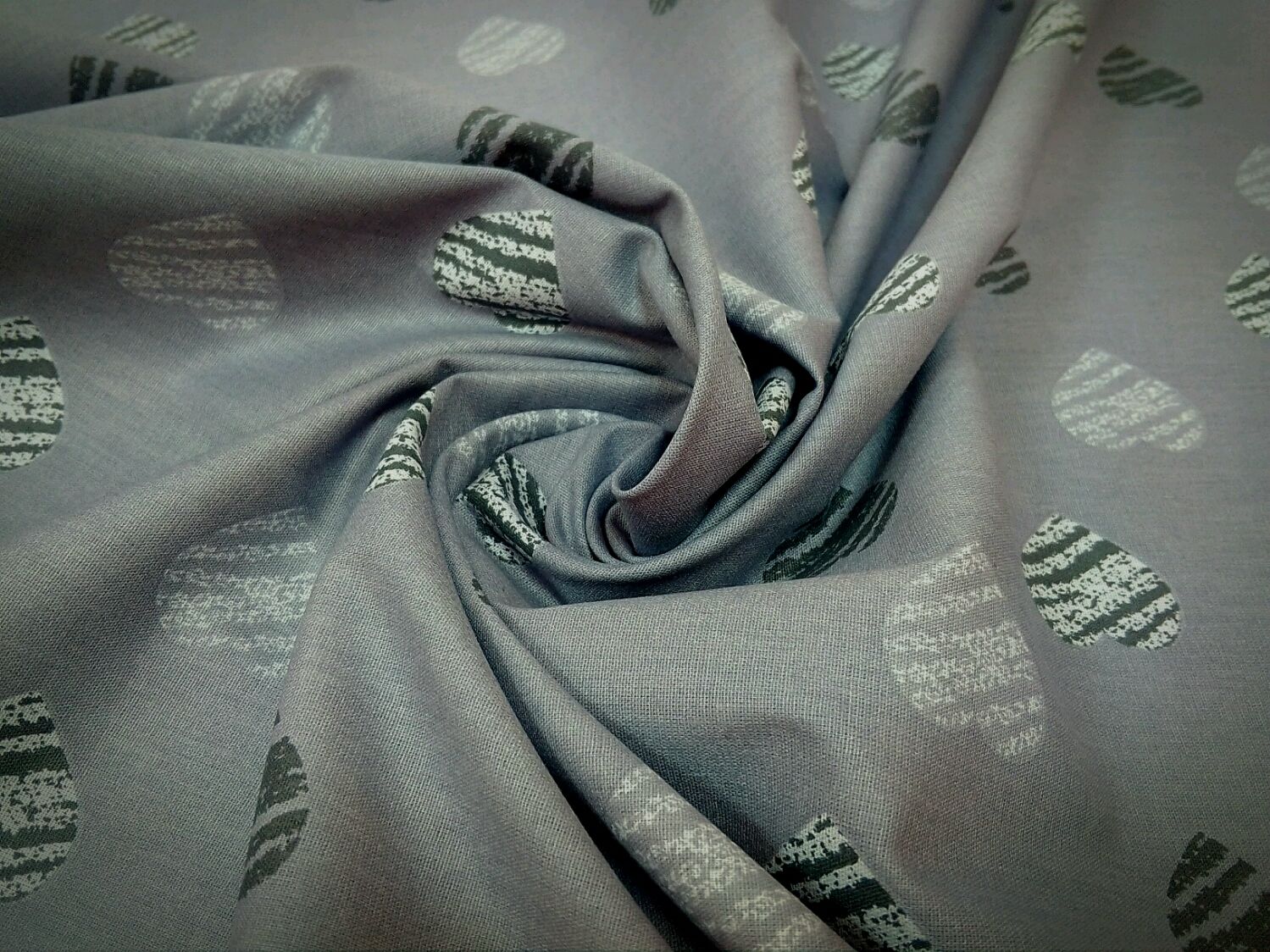
Density and composition of the material
It is important to understand, not only what percale is, what the bed linen feels like from it and what the composition of the canvas is. You should definitely appreciate the density of percale for bed linen. After all, this parameter must be chosen correctly in order for the product to serve as long as possible.
Here's what you need to pay attention to:
- The threads are not twisted here, which provides simultaneous density and smoothness.
- Regardless of whether cotton or linen is used as a base, the basic characteristics of the fabric are practically unchanged.
- The tightness of the fibers can vary slightly in the range from 100 to 160 threads per cm².
- Thanks to a special treatment with solutions, the villi adhere tightly to the main thread, forming an even denser structure of the fabric.
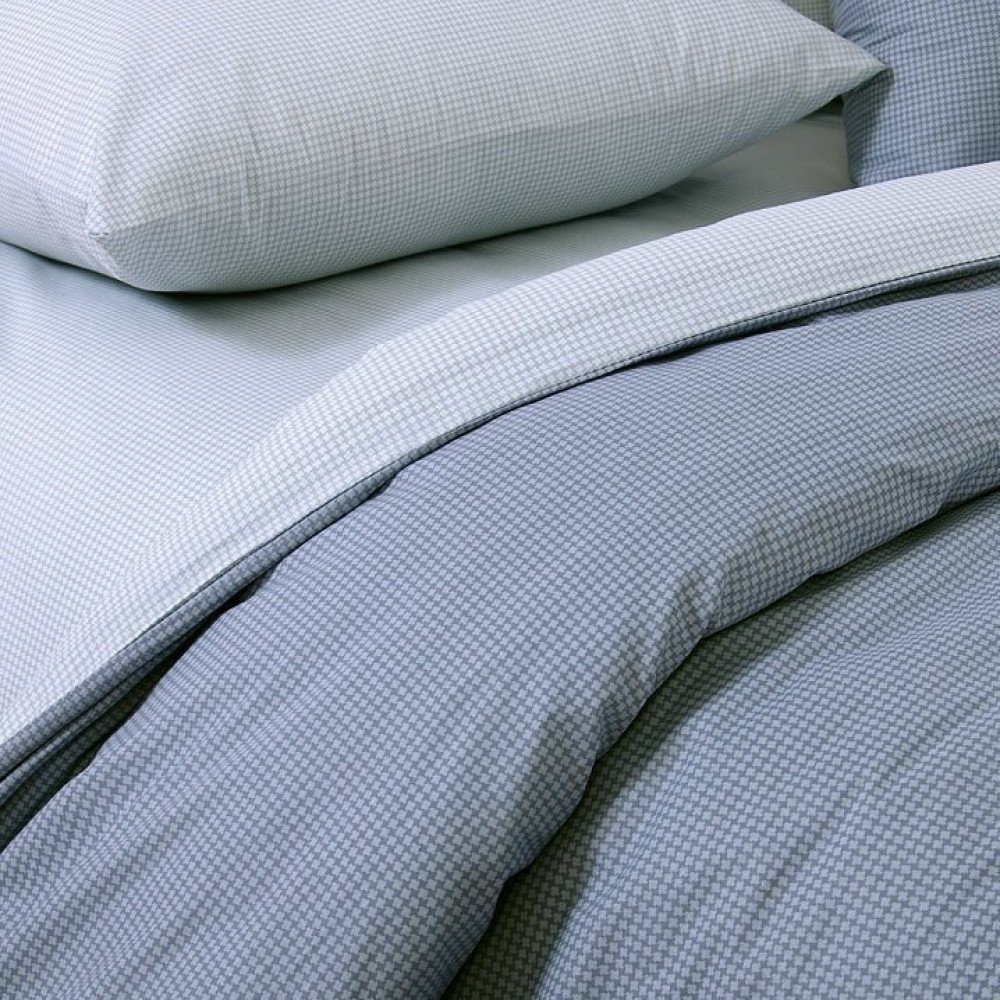
What can be sewn
Today, percale can be used for many different purposes. Despite the fact that it is most often used for sewing bed linen, modern fashion dictates its own rules. This allows the fabric to be applied to different clothing options.
Here are the main areas of application:
- Bedding sets. they can be used for both adults and children. But, if the skin is too susceptible to various mechanical irritations, and the body also has a tendency to allergies, then when buying underwear, you should carefully look at the composition and prefer exclusively natural matter.
- In addition, fashion designers create different types of women's clothing from percale. Moreover, not only summer light dresses for women and girls are good, but little girls in such natural fabric that “breathes” well in the summer heat will also be comfortable.
- Pillows for the bedroom will look interesting if you choose the right color scheme and pattern.
- There is also a technical use for percale. Due to its strength, tents and tents are often sewn from it. They are used to make a sail or a parachute sheathing. Also, sometimes there are tourist tents. But, all these options are possible only if the percale was previously rubberized.
Additionally, sometimes it can still be reinforced with a layer of aluminum. This is necessary if the web experiences increased mechanical stress and cannot, under any circumstances, be broken.
How to choose percale for bedding
When choosing a percale, it is necessary to take into account the following characteristics, parameters and facts:
- It is important to evaluate the quality of the fabric. Smoothness and uniformity are indicators of the level of the material.
- It is advisable to pre-test for coloration. This is important for fabrics that are dark enough. And, if responsible manufacturers, use high-quality dyes that do not lead to staining. Then unscrupulous factories can produce such canvases that will lead to staining of the body during contact. In addition, after the washing process, the color will lose its saturation and brightness.
- Based on all of the above, you should carefully select the manufacturer of the percale. The best materials are those that were produced in India and Russia.
Pros and cons of fabric
Among the main advantages of percale are:
- High level of density and at the same time softness and flexibility of the fabric.
- High mechanical strength and wear resistance.
- The matter is not affected by ultraviolet radiation. Therefore, the pattern and colors on it do not fade.
- Percale also absorbs moisture quite well, which contributes to a comfortable sleep on such underwear.
- Even intensive washing in the machine at the most intensive modes, moreover, repeatedly, does not spoil the appearance and other characteristics of the product.

But, in addition to the advantages, it is worth considering the characteristic disadvantages:
- If there is a sufficient amount of synthetic fibers in a percentage ratio, then the hygroscopicity of this bed linen decreases. Therefore, it is recommended to choose a kit, the composition of which differs mainly in natural fibers.
- In order for percale bedding to serve for a long time, it is important to properly care for it.
- A dressing is used in the release of the material, some people may react to this with an allergic reaction. Therefore, during the initial use of linen, it is necessary for me to closely monitor the absence of skin manifestations of such a negative process.
In all other respects, the percale material for bedding is ideal.

Which is better - percale, poplin, satin or calico
Due to the fact that natural fibers are used in all of these canvases, this type of fabric is similar to others. Therefore, quite often the question arises - to prefer percale, satin or poplin when buying and what is actually better for bed linen.

It is impossible to unequivocally answer this question, since the choice depends on individual preferences. But, nevertheless, when choosing, it is worth focusing on the service life and your own feelings from tactile contact with matter. Here's what you should pay attention to when choosing:
- Coarse calico fibers are resistant to the spread of pathogenic microflora. That is why the linen is often used when sewing children's underwear. Also, such kits should be recommended to those people who are prone to various allergic skin manifestations.
- Satin is more soft and tactile. It is just as durable as other varieties.
- Poplin is a competitive fabric that is often used for sewing nightwear for both adults and children. Differs in softness and flexibility.
Choosing from these varieties, it is worth noting that each fabric has its own merits, but most of their characteristics are similar. This is due, first of all, to the fact that they are made from similar fibers and using a similar weaving technique and production technology.
Video: review of bed linen - percale, poplin, coarse calico










